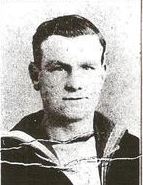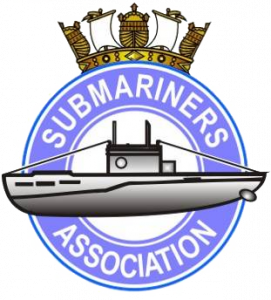Leading Telegraphist
Arthur Thomas
CRANE
Royal Navy
22

Arthur Crane was born on 10 July 1893 at Highgate, London, the son of Thomas Charles Crane, a bookbinder finisher, and his wife Martha Annie (née Williamson). He had an older brother and sister. The family later moved to Catford, south-east London.
He joined the Royal Navy as a Boy 2nd Class at HMS GANGES in April 1910, and was then at HMS IMPREGNABLE where he specialised as a Boy Telegraphist. Service in the pre-dreadnought battleship HMS VENERABLE and the cruisers GRAFTON and FURIOUS followed. In September 1912 he joined the fleet repair ship HMS ASSISTANCE where he was rated Telegraphist in November 1912. In November 1913 he joined HMS DOLPHIN, and on 15 January 1914 he was drafted to the submarine depot ship HMS MAIDSTONE for HMS E3. On the outbreak of war, MAIDSTONE became the principal depot ship for the Eighth Submarine Flotilla operating from Harwich. At some point Arthur Crane transferred to E5. The Lewisham War Memorial site reports he was at the Battle of Heligoland Bight on 28 August 1914; E5 but not E3 was present at this encounter. In November 1914 he was rated Leading Telegraphist, and it was from HMS E5 that he lost his life on 24 February 1916.
According to a newspaper report, he drowned within sight of the British coast. The Commanding Officer of HMS E5 (Lt Cdr H D Edwards DSO) (q.v) wrote to his parents: “His loss is one that all his boatmates and officers feel from a personal as well as a service point of view. In case it can be of any use or comfort to you in your trouble, I am able to tell you that he came to a true sailors’s end in an entirely painless way. We were nearing home, in a heavy sea, running very comfortably, when your son slipped and fell overboard from the bridge, striking the side of the boat as he fell. He was seen as he passed astern, and obviously unconscious, after which he sank and was not seen again in the hour and a half that we remained on the spot. Although I have only been his captain for a few weeks I had formed a very high opinion of his character and his abilities, and can understand only too well what a loss such a son must be to his parents.”
His service record notes that a Court of Enquiry found that he drowned accidentally in the execution of his duty and no blame was attributable to anyone.
He is commemorated on Portsmouth Naval Memorial, Panel 15, and on the WW1 Roll of Honour in St Andrew’s Church Catford.



